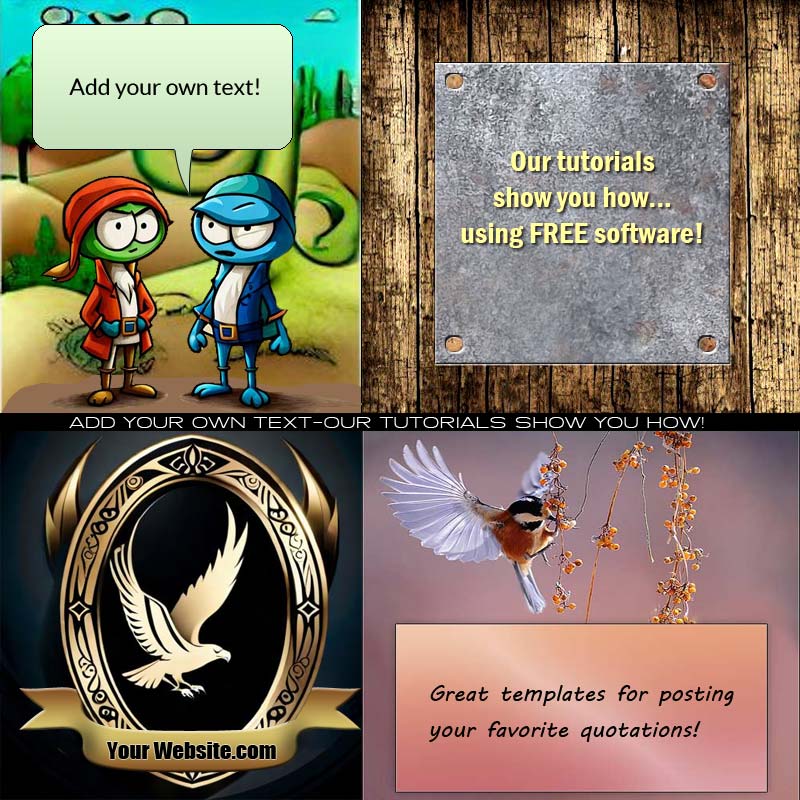Nothing is for sale here. Freewill tips keep the site running. Want to help? → Tip via Paypal
Name New Subheadings
Unless you're rewriting short articles, there's a good chance that the article is broken up into sections with subheadings. You can and should change these subheadings to help differentiate your article from others' who bought the same PLR.If your article doesn't have subheadings you should add them, unless it's simply too short to need them. Subheadings make articles easier to read and helps pull in readers' who scan first to see if they want to read the content in its entirety. It's this last factor that makes treating your subheadings with a similar importantce as your titles.
 If the search engines "see" the same or similar articles of approximately the same length, on the same topic, with the same subheadings in about the same places, they may well flag them as unoriginal content. Notice I wrote "unoriginal" rather than "duplicate" content. I explain the duplicate content myth here.
If the search engines "see" the same or similar articles of approximately the same length, on the same topic, with the same subheadings in about the same places, they may well flag them as unoriginal content. Notice I wrote "unoriginal" rather than "duplicate" content. I explain the duplicate content myth here.
Now, if you're writing a "tips" or "steps" article (e.g., "seven simple steps to housetraining your dog"), then you can break up your article by using a subheading for each of your seven steps.
If your article doesn't consist of a list of steps or tips, it probably has places where the subject matter veers into different aspects of the content. Use subheadings to break the article up in natural places.
For example, an article on weight loss might talk about exercises, about diet and nutrition, and perhaps a section where you offer encouragement to those who have failed at diets before. These are all natural places to add a subheading.
Remember this: Your subheadings are in-content headlines, so treat them with the importance they deserve!
Sometimes people just skim an article to find out if they want to read it in more depth. They read things that stand out from the plain text, like italics, bold type, pull quotes, and subheadings. If your "skim-able content" is boring, many of your prospective readers will move on to something else—and that often means leaving your site.
So, you need to craft your subheadings just as you do the main title to your articles. All the tips and examples I included in the Transform the Title article of this article series all apply here.
In other words, you approach crafting your subheadings just the way you approach crafting the main headline. Its job is to get attention and pull skimmers into the article so they read it in its entirety.
Here are five examples:
Boring Subheading: Three Exercise Tips
Subheading Rewrite: Three Little-Known Exercises That Flatten Your Stomach
Boring Subheading: Appetite Suppressants
Subheading Rewrite: The Secret Diet Trick That Works Like Magic
Boring Subheading: Make Money Online
Subheading Rewrite: How a Housewife Made $95,735 Online in Two Years…and How You Can Too!
Boring Subheading: How I Started Got Started
Subheading Rewrite: How Getting Fired Was My Luckiest Day Ever!
Boring Subheading: Auto Maintenance Musts
Subheading Rewrite: Fire Your Mechanic If He Isn't Performing These Car Maintenance Checks!
Notice how the most of rewritten subheadings contain keywords that can help an article rank better in the search engines. This is what most spammers just don't get—when you write for people first, you are actually creating the content the search engines want. The rewritten subheadings are also more interesting and more likely to pull scanners into the content.
Again, refer back to the title section of this series for more.
Concluding Subheading Tips
Subheadings:
- Enhance Readability: Subheadings break down the content into smaller, more manageable sections. This makes the article easier to read and navigate, particularly for online readers who tend to skim or scan the text. Subheadings allow readers to quickly grasp the main points and find the specific information they are looking for.
- Improve Comprehension: Subheadings provide a clear hierarchy and logical flow to the article's structure. They help present complex information in a coherent and cohesive manner. By dividing the content into meaningful sections, subheadings assist readers in understanding the main ideas and following the author's intended narrative.
- Highlight Key Points: Subheadings act as signposts within the article, drawing attention to important concepts, arguments, or supporting evidence. They allow readers to quickly identify the main takeaways and focus on the sections that are most relevant to their interests or needs. Effective subheadings can also generate curiosity and encourage readers to delve deeper into the content.
- Have SEO Benefits: In the context of online content, subheadings have search engine optimization (SEO) value. When search engines crawl web pages, they pay attention to headings and subheadings to determine the structure and relevance of the content. By using informative and keyword-rich subheadings, writers can improve the visibility and search rankings of their articles, making them more discoverable to online users.
- Organize and Clarify: Subheadings assist writers in organizing their thoughts and structuring their arguments. They encourage a more logical and coherent flow of ideas, preventing the article from becoming a disorganized or overwhelming wall of text. By providing a framework for the writer, subheadings ensure that the article's content is presented in a clear and easily understandable manner.
In summary, subheadings are essential for improving the readability, comprehension, and the overall structure of an article. They help guide readers through the content, emphasize key points, and contribute to a better user experience.
Previous Article in this Series: Add Good Content
Next Article in this Series: Change the Conclusion





